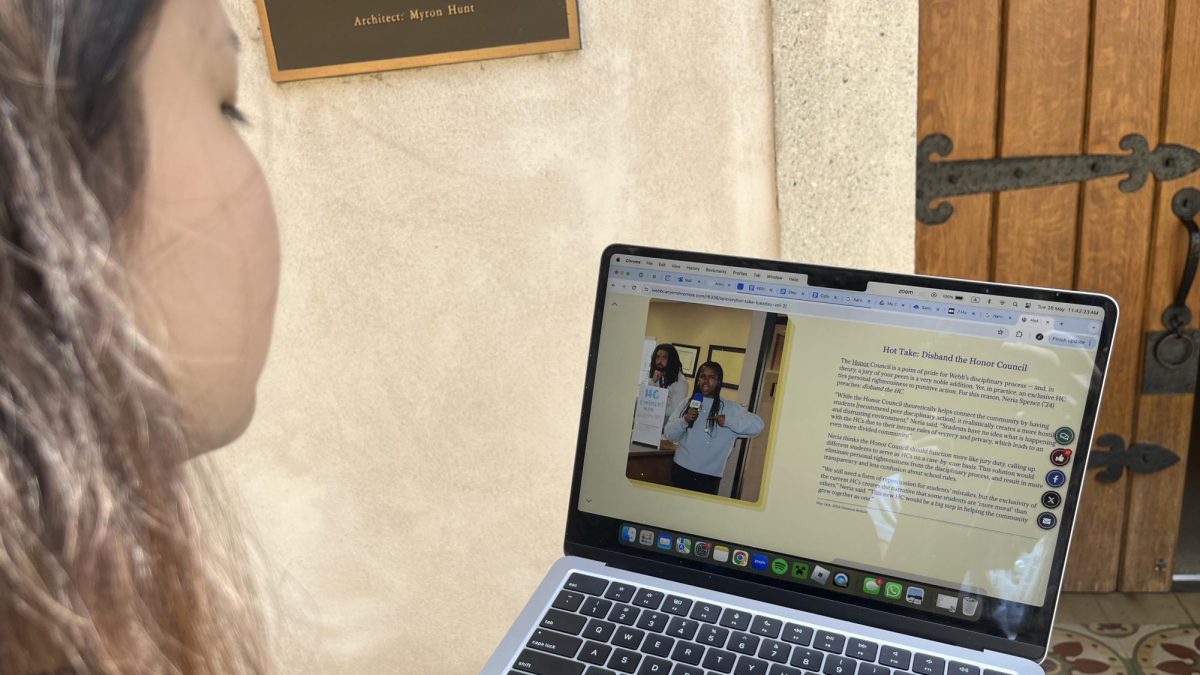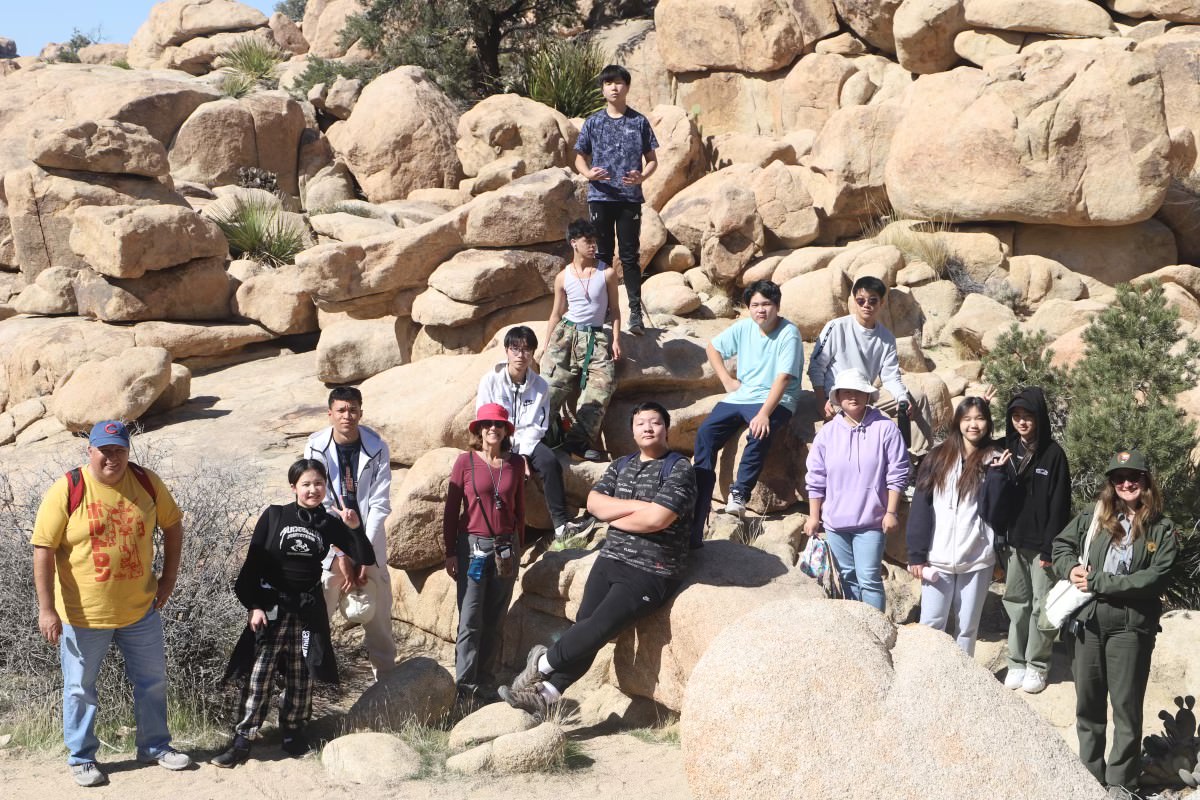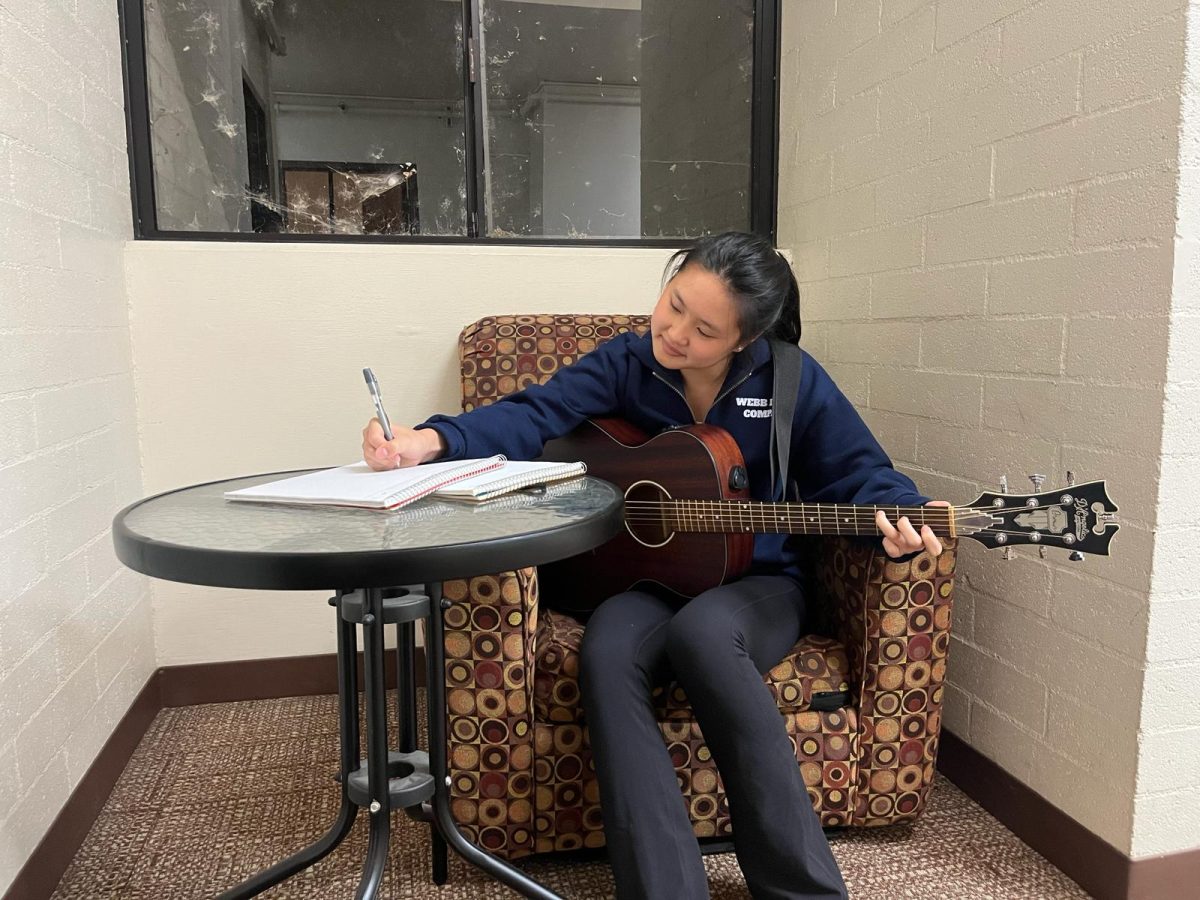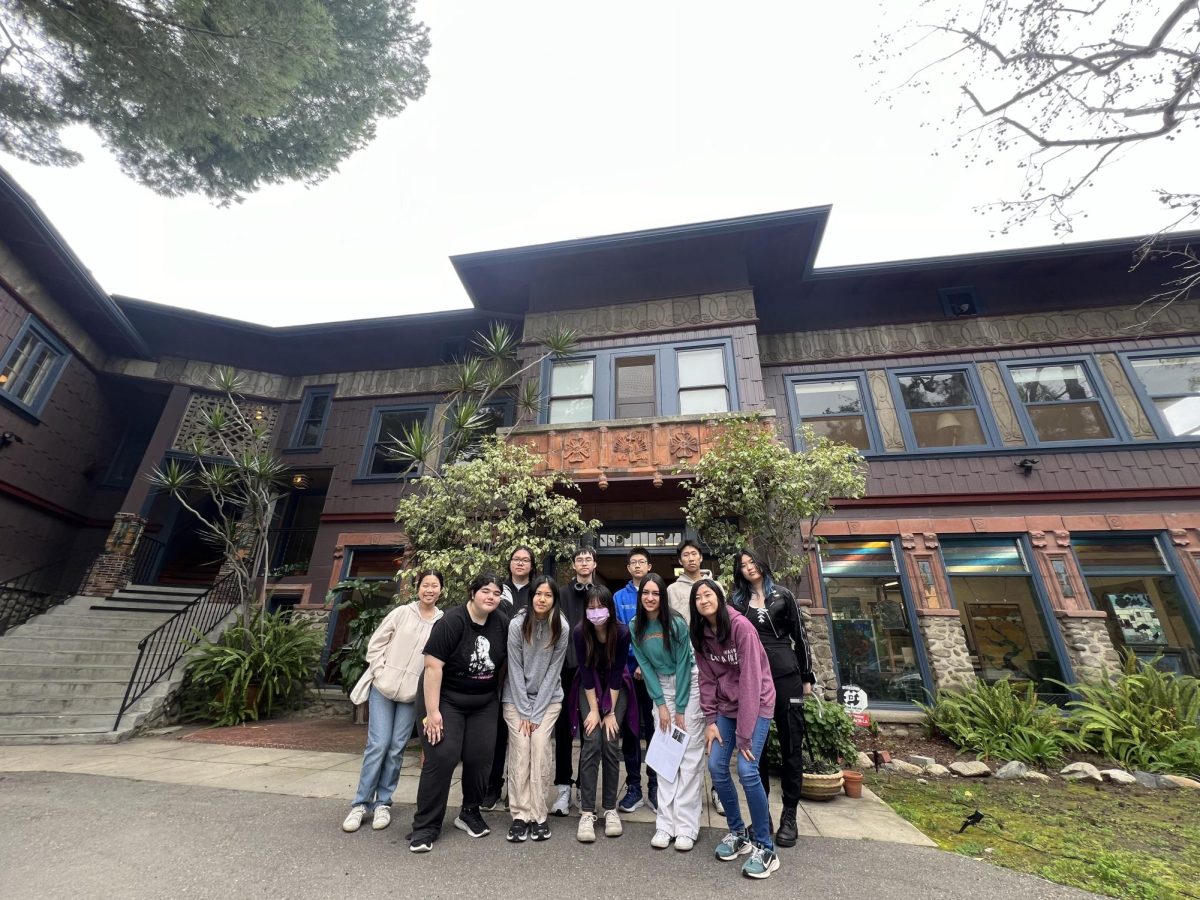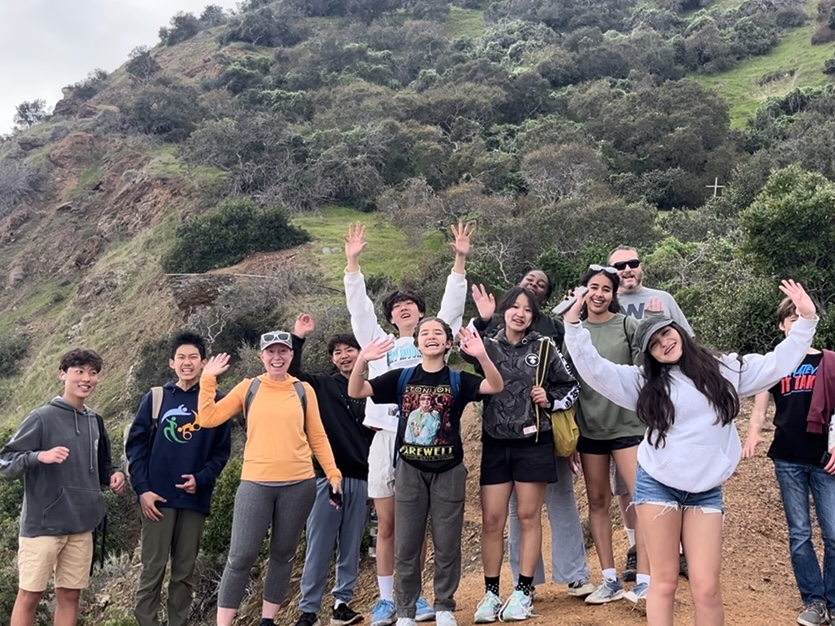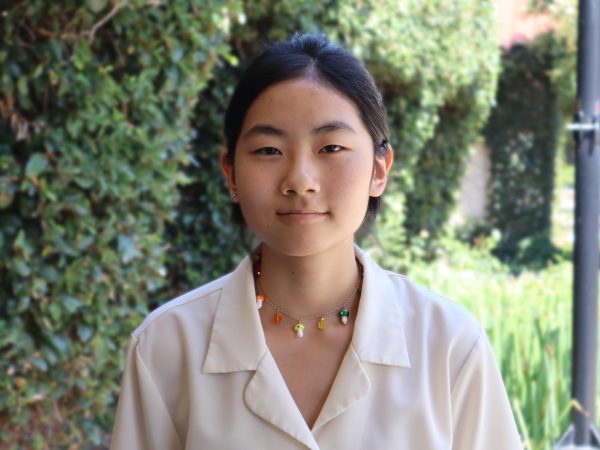“[Don’t] worry so much about accuracy,” said Malick Mbengue, World Language teacher and long-time polyglot. “Worry about communicating.”
Throughout Mr. Mbengue’s lifetime, he has learned an impressive six languages – Wolof, French, Serer, Spanish, English, and written Arabic. Each language was picked up in different contexts and at different stages of his life: at school, from friends, or after moving to a new location.
“The goal of learning a language is to be able to communicate,” Mr. Mbengue said. “As long as people can actually understand what you’re trying to say, you’re way ahead.”
Of course, practicing speaking the new language you are trying to pick up is one of the most important steps to learning it.
And there are a variety of ways you can practice. Communicating and connecting with peers using new languages can build your vocabulary and fluency in a fun way, even if initially it seems difficult or conversations are clunky. Engaging with the cultures associated with your new language through music, art, and trips to cities where your language is primarily spoken also helps you to learn more deeply and effectively.
Both podcasts and news networks from a country that speaks your language, for example, are an easy and very pragmatic way to both practice fluency and learn new vocabulary. Visiting major cultural events like concerts or city tours can give you an immersive (albeit more time consuming) way to practice speaking your language of choice in a more practical setting.
“[Culture] is central,” Mr. Mbengue said.
But when it comes to teaching new languages, sometimes the cultures they are associated with can be more complex than they initially may seem.
“People always think of French as France,” Mr. Mbengue said. “So, there’s always these assumptions that [French] is all about cheese and wine. I’m a language teacher, so I teach the language. But culturally, I make that separation between French culture versus African culture [that is] French speaking.”
Ultimately, as Mr. Mbengue said, language learning is about communication and passing down cultures — one of the most common examples of this use for new languages is found within families.
“I want [my kids] to learn a language,” Mr. Mbengue said. “I’m planning for them to travel to Senegal, be exposed to Wolof — [to] be able to communicate.”


![Garrett Hayakawa ('26) edits an audio-based project for his Spanish class in the main hallway of the Old School House. A core part of any language curriculum is developing auditory fluency in the language — as reflected in the AP language curriculum, which includes a 55-minute audio comprehension section accounting for over a quarter of the test score. "Set time out the day to dedicate yourself to it," said Garrett, who has been learning Spanish for eight years. "It's also good if you meet other people that speak that language fluently, so you can constantly speak to them. You'll get more adapted to [speaking the language] as you go, rather than just seeing it online or watching videos about it."](https://webbcanyonchronicle.com/wp-content/uploads/2024/02/IMG_5789-1200x900.jpg)
